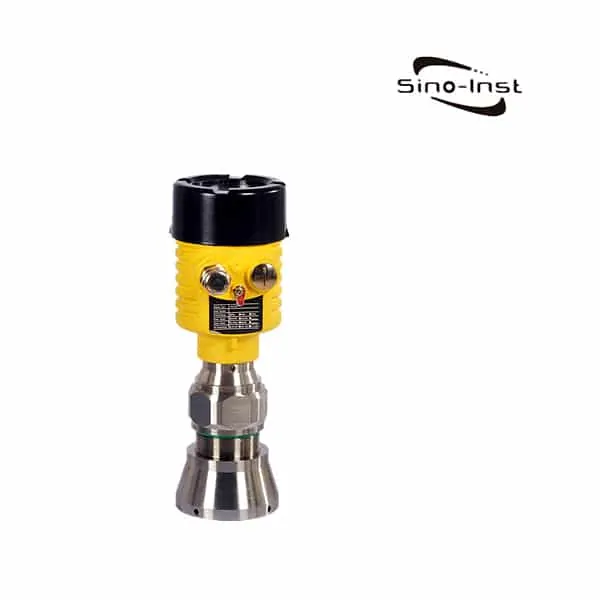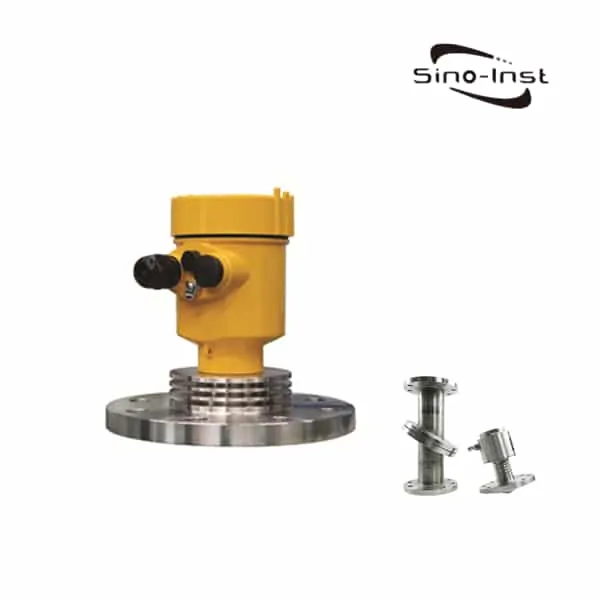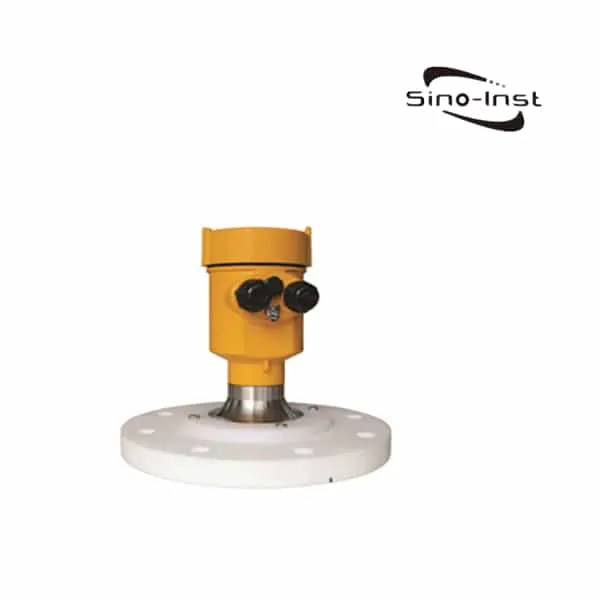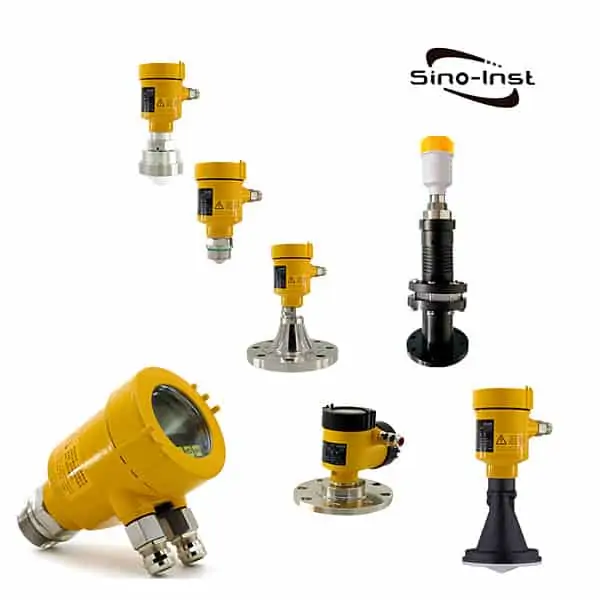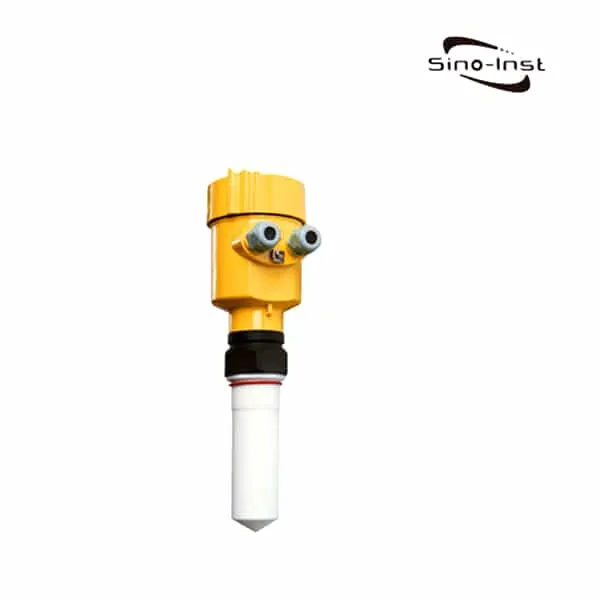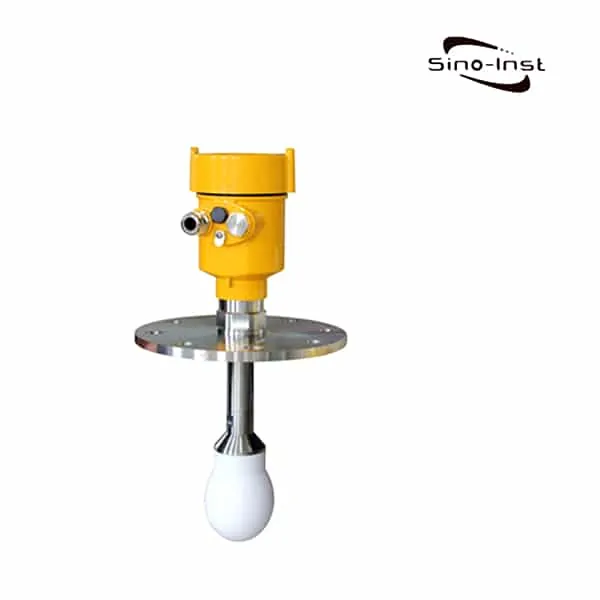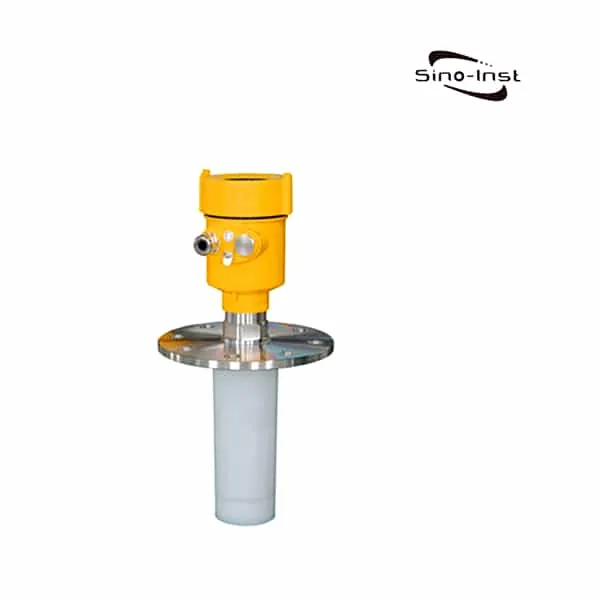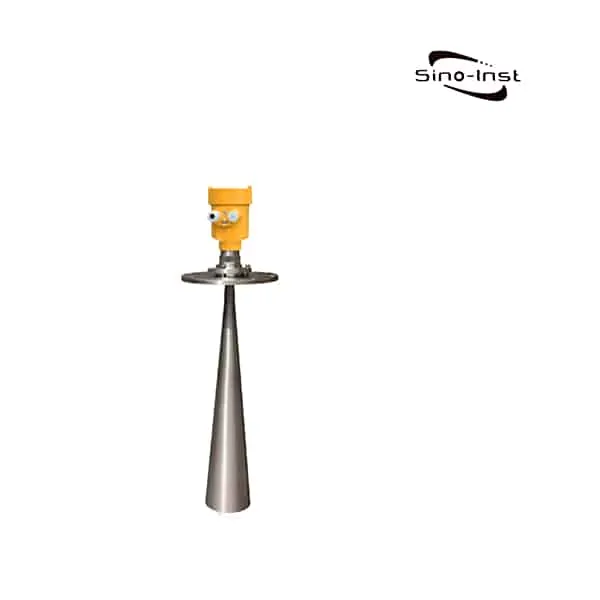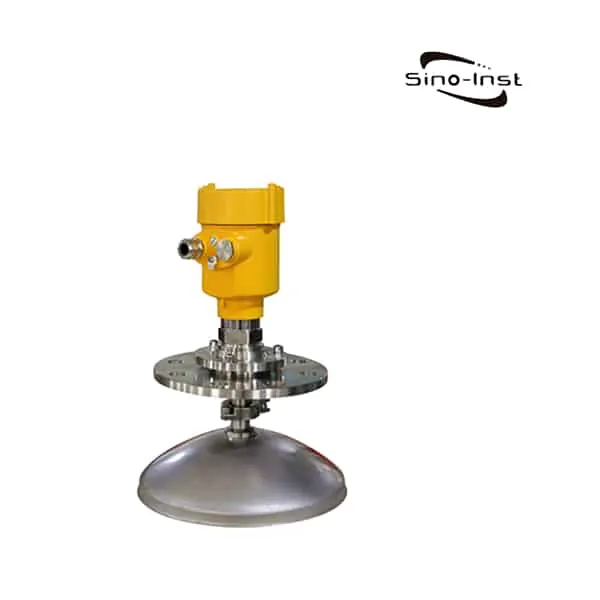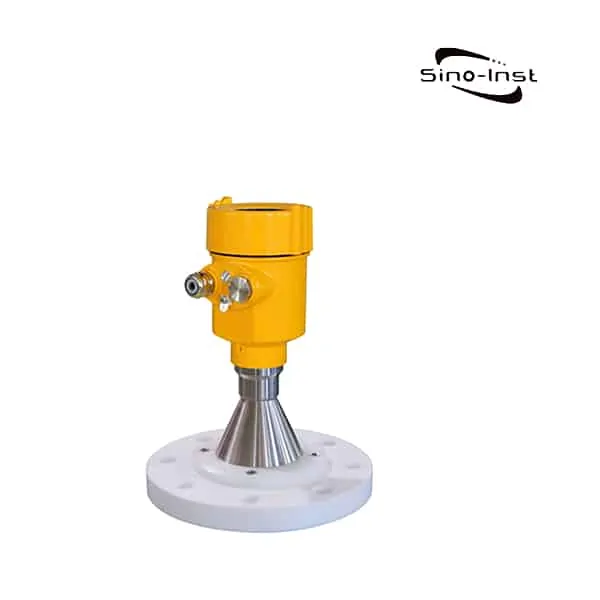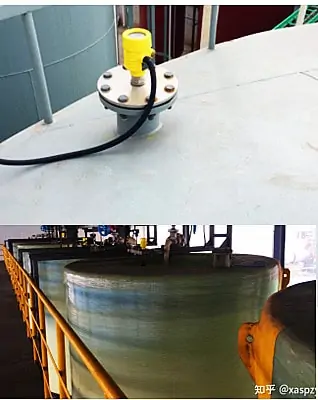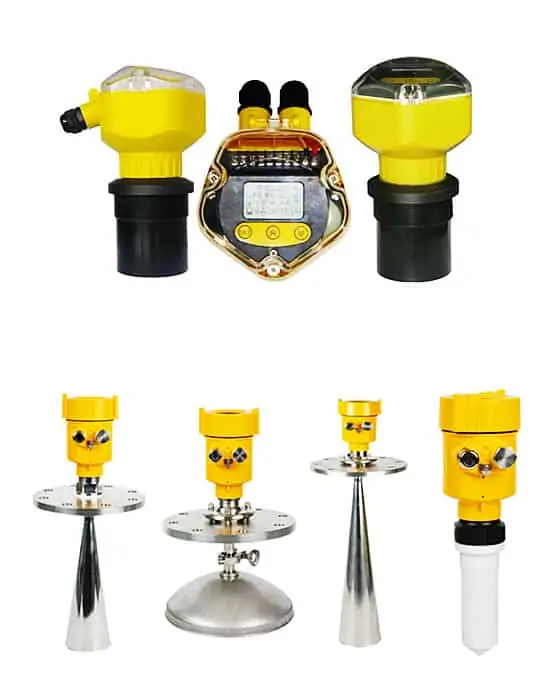Sulfuric acid storage tanks are mainly used to store sulfuric acid produced in acid production. The accuracy of the liquid level of the sulfuric acid storage tank is directly related to the continuity of production. Because the sulfuric acid storage tank stores 98% concentrated sulfuric acid. There will be Part of the acid mist will have a certain impact on the liquid level detection.
Because of the anti-corrosion and anti-disturbance problems, the traditional detection instruments are not suitable for detection. Only the radar liquid level sensor can achieve a relatively high measurement accuracy. It has the characteristics of high continuous measurement accuracy, non-contact type, large measurement range, and good anti-corrosion performance.
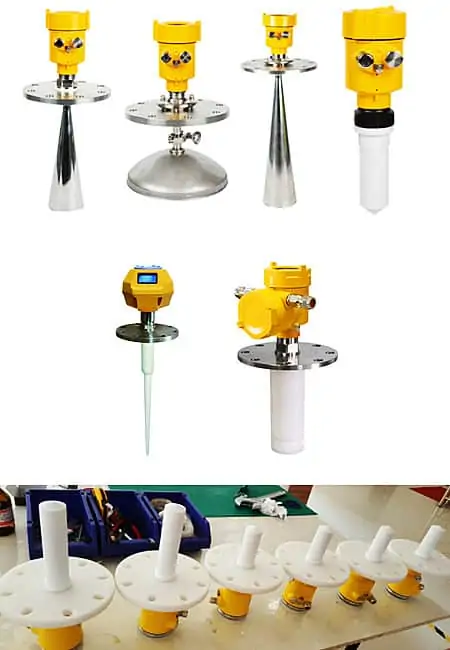
Extended reading: Non contact level measurement
Sulfuric acid storage tank level measurement
We have provided customers with radar level transmitters for level measurement in sulfuric acid tanks.
The diesel-sulfuric acid storage tank is a vertical storage tank. Because there is a large amount of volatile gas in the tank. Therefore, the equipment is required to be explosion-proof without being affected by the gas. Based on the internal structural characteristics of the pyrosulfuric acid storage tank and the characteristics of the storage medium. Our company chose a non-contact intelligent radar level transmitter to measure the level of the medium.
There are 6 sulfuric acid storage tanks, and the tanks can be connected. To ensure the accuracy and safety of the measurement. Radar level transmitters are installed on the 6 tanks respectively, which are on standby for each other. And under normal circumstances, the accuracy of the two liquid level measurement values can be compared by reference.
When installing the radar wave level transmitter, the inclined installation method was first adopted. Its inclination angle does not exceed 15°.
Extended reading: Diesel Tank Level Monitoring System
When debugging the level gauge, it is found that there is no level data display. Analyze the cause of the failure because the emitted radar wave is reflected back on the steel plate of the tank. The main reason is that the false echo interference is too large. After re-adjusting the installation angle of the radar level transmitter, it was found that level data appeared. However, the data fluctuates greatly, and due to analysis reasons may be due to liquid level fluctuations.
Radar wave reflections cause effects.
For this reason, it was decided to install a reflector in the measuring tube in the tank. Readjust the installation of the radar level transmitter. Make the plane of the transmitting antenna of the radar wave parallel to the reflector. The level data measured in this way is more accurate.
Calculation of the area of the reflector:
Adopt an intelligent radar liquid level transmitter. Its antenna size parameter DN80/3″
Beam angle a=10°,
According to the formula Tan5°=W/2D,
It can be calculated that W=900mm,
Furthermore, the area of the reflector is obtained.
Therefore, we can make a disc with a diameter of not less than 900mm.
Extended Reading: Silo/Bin material level measurement system
Connect the signal wire on the wiring terminal of the radar level transmitter to the safety barrier. That is, first pass the safety barrier and then connect to the I/0 card of the DCS and the SIS system. And complete the software configuration and the parameter setting of the radar level transmitter.
The change of the medium level of the storage tank can be monitored in real-time through the DCS system. And to realize the remote control of the storage tank level and the monitoring of real-time/historical data.
Extended reading: Radar Liquid Level Sensor|Corrosive, steam, volatile liquids
Extended reading: Diesel fuel tank level gauges & indicators
Extended reading: Radar Oil Tank Level Sensor
You may like:
Extended reading: What is the difference between ultrasonic and radar level transmitters?
Sino-Inst is a manufacturer of Radar level sensor for Sulfuric acid storage tank level measurement.
Sino-Inst offers over 30 Radar level sensors for level measurement.
About 50% of these are used as oil level meters, 30% is the Sulfuric acid storage tank level meter. A wide variety of Radar level sensor options are available to you, such as free samples, paid samples.
Sino-Instrument is a globally recognized supplier and manufacturer of Sulfuric acid storage tank level measurement instrumentation, located in China.
Sulfuric acid storage tank level measurement instruments are most popular in North America, Domestic Market, and South America. You can ensure product safety by selecting from certified suppliers, with ISO9001, and ISO14001 certification.
Sino-Inst’s entire team is well trained, so we can ensure that each customer’s needs are met. If you need any help with your product requirements, whether it is a radar level sensor, pressure sensor, or other equipment, please give us a call.
Extended Reading: What is level transmitter working principle?
Request a Quote

Wu Peng, born in 1980, is a highly respected and accomplished male engineer with extensive experience in the field of automation. With over 20 years of industry experience, Wu has made significant contributions to both academia and engineering projects.
Throughout his career, Wu Peng has participated in numerous national and international engineering projects. Some of his most notable projects include the development of an intelligent control system for oil refineries, the design of a cutting-edge distributed control system for petrochemical plants, and the optimization of control algorithms for natural gas pipelines.



